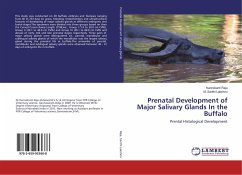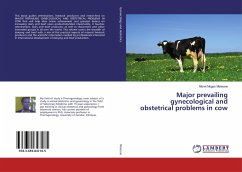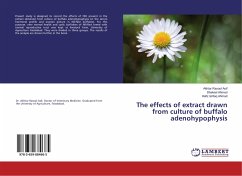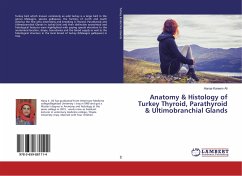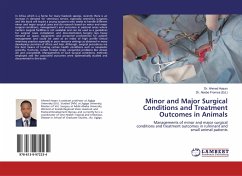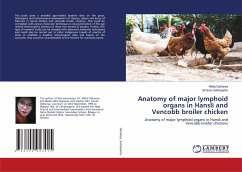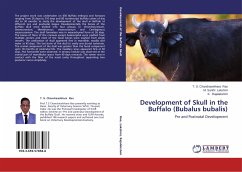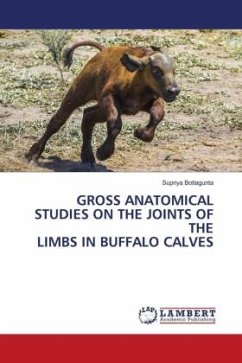This study was conducted on 49 buffalo embryos and foetuses ranging from 40 to 253 days on gross, histology, histochemistry and ultrastructural features of developing of major salivary glands at different embryonic and foetal stages.The specimens were divided into three groups based on their the Curved Crown Rump Length (CVRL)viz., Group I (1.0 to 20.0 cm CVRL), Group II (20.1 to 40.0 cm CVRL) and Group III (40.1 to 80.0 cm CVRL and above) of early, mid and late prenatal stages respectively. Three pairs of major salivary glands were distinguished viz., parotid, mandibular and sublingual salivary glands of which the mandibular was the largest salivary gland during the prenatal life in buffalo.The primordia of parotid, mandibular and sublingual salivary glands were observed between 40 - 41 days of embryonic life in buffalo.
Bitte wählen Sie Ihr Anliegen aus.
Rechnungen
Retourenschein anfordern
Bestellstatus
Storno

